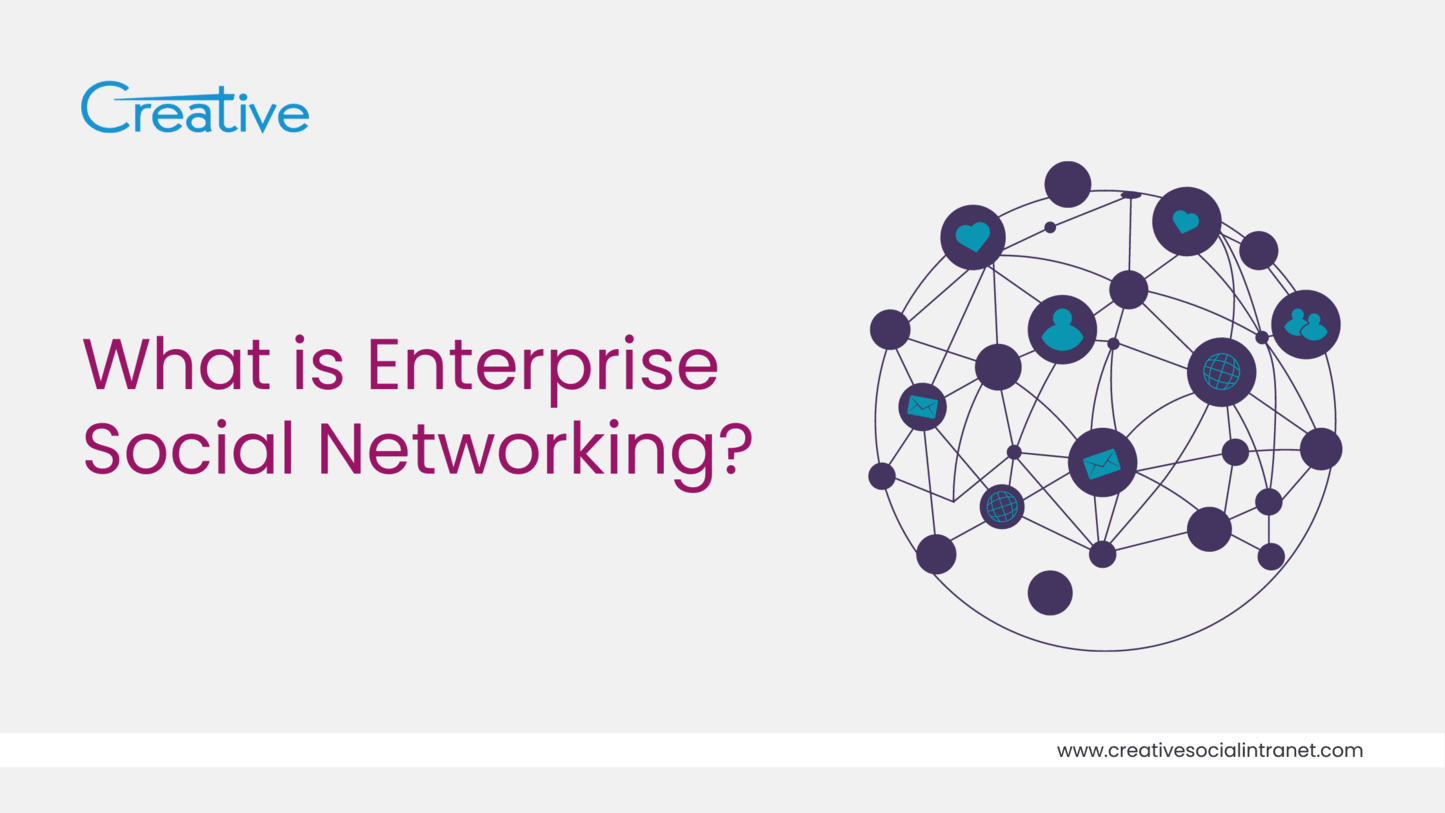
The Role of Social Intranets in Fostering Workplace Collaboration
In today’s digitally connected business world, collaboration is more crucial than ever. The ability for employees to communicate, share ideas, and work together efficiently can significantly impact a company’s success. Enter the social intranet – a powerful tool to foster workplace collaboration, streamline communication, and enhance productivity. This blog explores the multifaceted role of social intranets in fostering workplace collaboration, their benefits, key features, and best practices for implementation. Understanding Social Intranets A social intranet is an internal digital platform that combines traditional intranet features with social networking capabilities. Unlike traditional intranets that primarily serve as static information repositories, social … The Role of Social Intranets in Fostering Workplace Collaboration




